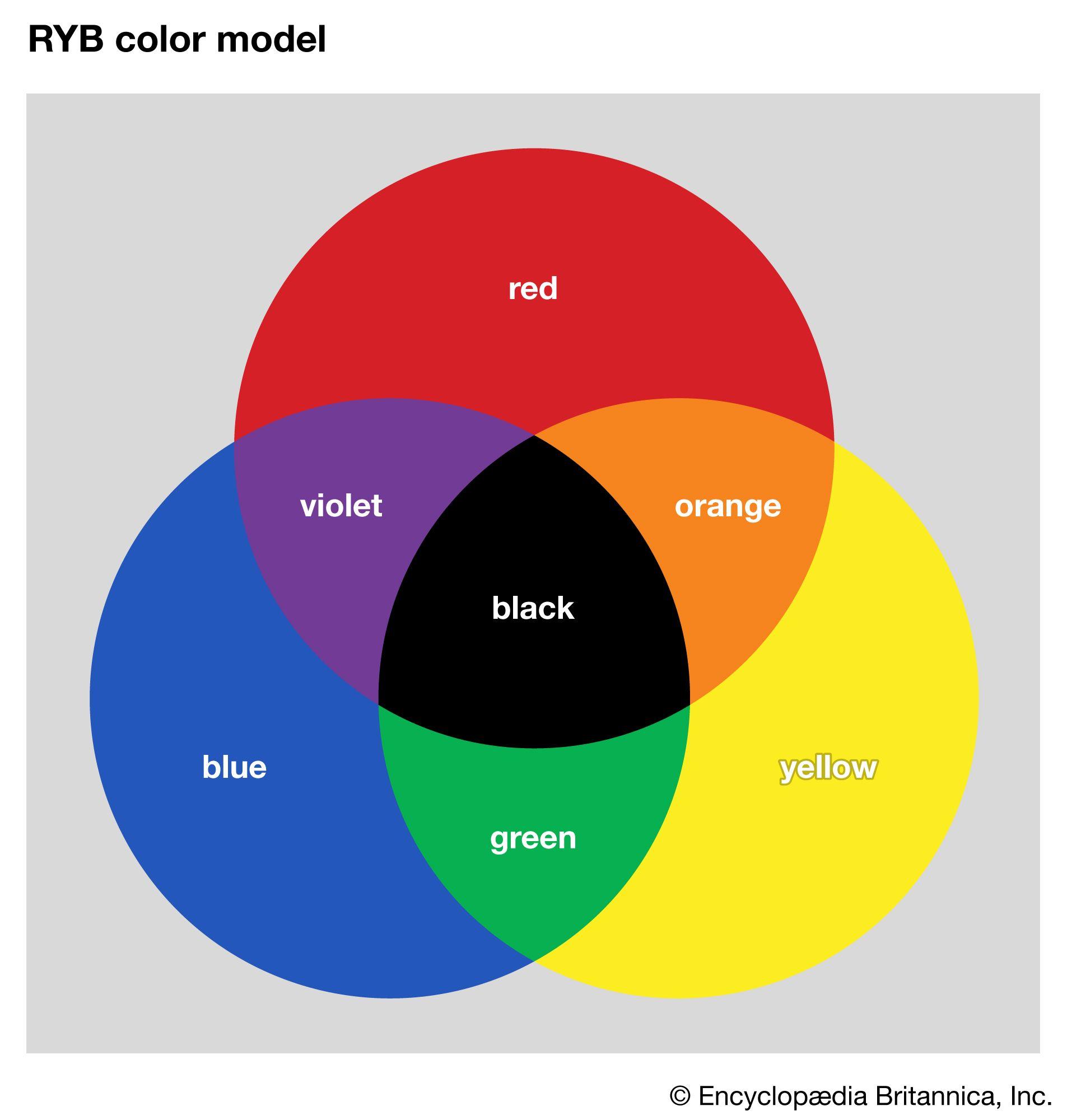Colors are an integral part of our daily lives, influencing our emotions, perceptions, and behaviors. From the vibrant hues of nature to the bold tones of art and design, colors play a significant role in shaping our experiences. In this article, we'll delve into the world of colors, exploring their meanings, effects, and applications.
*The Psychology of Colors*
Colors can evoke strong emotional responses, often unconsciously. Here's a brief overview of some common colors and their associated emotions:
- *Red*: Energy, passion, love, and excitement
- *Orange*: Warmth, creativity, and enthusiasm
- *Yellow*: Happiness, optimism, and sunshine
- *Green*: Calmness, growth, and harmony
- *Blue*: Trust, loyalty, and serenity
- *Purple*: Luxury, creativity, and wisdom
- *Black*: Power, elegance, and mourning (can also represent death, mystery, or sophistication)
*Colors in Art and Design*
Colors are a crucial element in art and design, used to convey messages, evoke emotions, and create moods. Artists and designers carefully select colors to:
- *Create contrast*: Using colors that complement or clash to draw attention or create visual interest
- *Set mood*: Choosing colors that evoke specific emotions or atmospheres
- *Convey meaning*: Using colors to represent ideas, themes, or values
*Colors in Nature*
Nature is a kaleidoscope of colors, from the blues and greens of oceans to the vibrant hues of flowers and sunsets. Colors in nature:
- *Inspire art*: Many artists find inspiration in the natural world, using colors to capture its beauty
- *Influence design*: Nature's colors often inform design choices, from architecture to product design
- *Affect our well-being*: Exposure to nature's colors can have a calming effect and improve our mood
*Colors in Culture*
Colors can have different meanings in various cultures, reflecting local traditions, customs, and values. For example:
- *Red*: In Western cultures, red is often associated with love and passion, while in Asian cultures, it symbolizes good luck and prosperity
- *White*: In many Western cultures, white is associated with purity and innocence, while in some Asian cultures, it's associated with mourning
*Conclusion*
Colors are a powerful force in our lives, influencing our emotions, perceptions, and behaviors. By understanding the psychology, art, and cultural significance of colors, we can harness their power to create, communicate, and connect with others.

